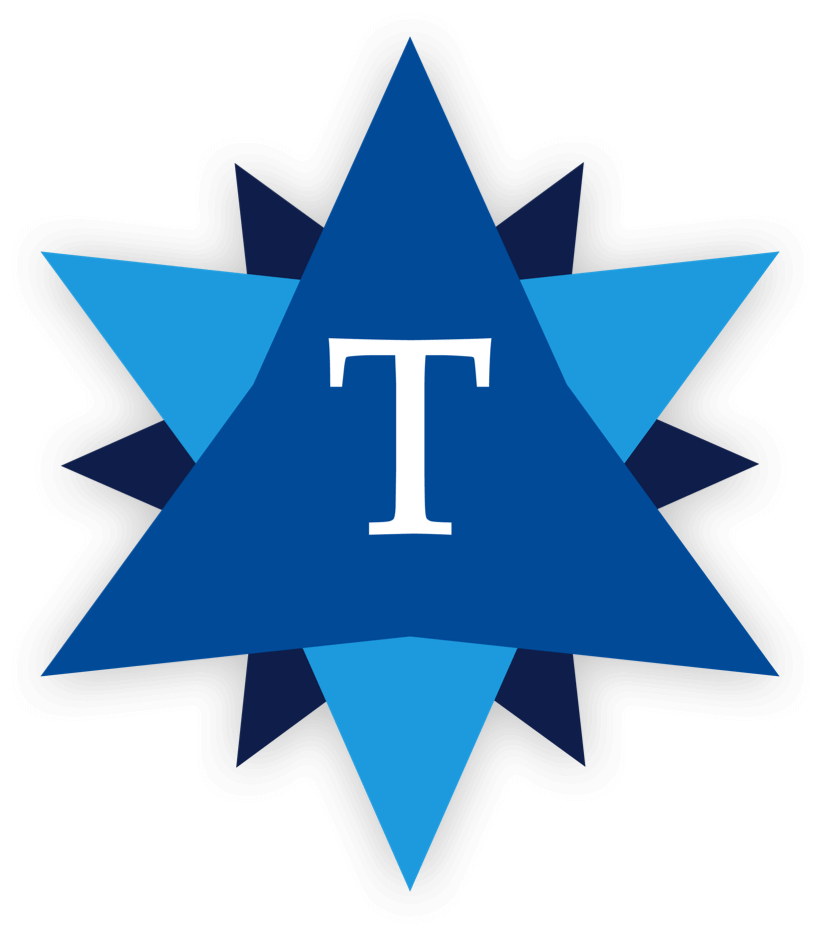The Art of Onboarding
Guest Author

According to a 2017 survey by Korn Ferry, the average tenure for a CIO across industries is roughly four years. It’s no surprise then that, given my twelve years as a CIO, I am entering my fourth institution of higher ed. I’m clearly a walking statistic (ahead of the curve even!) and feel pretty confident about my ability to onboard. Nothing scares me now and I walk into just about every room excited and confident. I started with the University of Tulsa about 45 days ago and the listening, learning, benchmarking, and strategizing is on full throttle. For those thinking about making a move in the future, I’m happy to share some tips on workplace entry. These tips apply across all levels of technology leadership and service and likely across many, if not most, industries.
Gaining Trust and Learning the Landscape
As much as we may dislike referring to higher education as a business, a university needs funds to persist and is therefore by any definition a business. It is crucial for an entering CIO, director, manager, or team lead to learn the business. Rapidly. And there are some base-level operational questions you should ask:
- What is your budget?
- What should your budget look like?
- What are your options for negotiating for new and extricating from old?
- Who funds what and why?
- How quickly can you become best friends with your CFO?
As you learn the landscape, the fun begins. The fun is always in the people. For higher education, these are your faculty, your students, the board, your peers, the committees, everyone. It’s the combination of those people that make up the DNA of the institution. Without the support and trust of the collective people, you will never take an institution where it needs to go. “But I have a job to do,” you whisper. Not for long if you don’t embed yourself among the people. Rise to the next level and focus on the experience, not the technologies. The environment probably consists of too few amazing and too many clunky technologies. The experience is what you want to improve, not the technology. And always remember, someone nearby likely recommended the current solutions. Be respectful of the legacy while generating enthusiasm for future improvement. Even the worst decisions are important stepping-stones to today.
The Value of Relationships
I am a people person on the outside. On the inside, I am a bit of an introvert. That said, I know that in my job I need to be a people person. So, I am. Thankfully, I am also genuine and gracious. It’s my nature. Simply put, I care. These traits, combined with a big-picture mindset, bolster my effectiveness. I haven’t found many people who can’t feign the aforementioned traits. The missing link tends to be figuring out how to be received by others as such. How to make that impact and have it received by others as authentic. Self-awareness is key. When in doubt, ask. It can be humbling to ask someone what they think of you but also oh-so-beneficial, especially in the credentialed environment of higher education. Even street cred matters in getting things done on
Identifying Quick Wins and Long-Term Goals
Formulating next steps can happen with each listening opportunity, but squelch the inner desire to start vocalizing those next steps too soon. The key is to start mapping out the long-term strategy but take advantage of the quick wins that open up, as they open up. It’s likely you have enough work in front of you for a decade. Stop and smell the roses and show your campus how easy it can be to make significant impact with a smart first step. Long-game tech goals can appear boring, if not invisible, to a campus. Pepper the path with small punches of improvement along the way. They stir up excitement and cause people to ask, “Ooh, what’s next?”
Building and Instilling Confidence
Technology leadership styles are different. Not better or worse, simply intrinsically different. Though daunting to some, following in the footsteps of an excellent, campus-engaged and transformative leader can be an ideal situation when starting a new position. Of course, there are challenges with being compared to greatness, but frankly that raises personal bars. On the flipside, it’s not uncommon to enter a new environment where your new style of technology leadership is replacing that of a more legacy-minded leader. I have come to recognize that my leadership style is polar opposite to my predecessor, which makes me a standout if only for that. It’s important when you enter a new position to be open and authentic with who you are and how you lead. Over time, if you are not genuine, it becomes impossible to hide, and a campus is left feeling conned and confused. It’s very difficult to regain confidence after that realism hits. Your very self is what inevitably gained you the position you are in. Lead as the best possible you.
Closing Tips
Never disparage past leadership. Rely on your own strengths to differentiate yourself. Gratefully accept praise while graciously acknowledging something your predecessor did that positioned you nicely today. If you feel the bar is low, take advantage of that positioning and get to work. In almost all my moves, I’ve had the good fortune to walk into environments that are, despite some messiness, excited about new leadership. Remember: At the end of the day, in technology leadership your job is to facilitate and empower the art of teaching and learning. Much can be delivered with everyday work to excite and inspire. How you present yourself is how you will be received. Relish your new environment, enjoy the journey, and take mental notes on how you might fold continuous-improvement into each new challenge.
Categories
Share Article:

Other Posts From this Author:
The views and opinions expressed in this article are those of the author and do not necessarily reflect the official policy or position of the Tambellini Group. To become a Top of Mind guest author, please contact us.
© Copyright 2025, The Tambellini Group. All Rights Reserved.